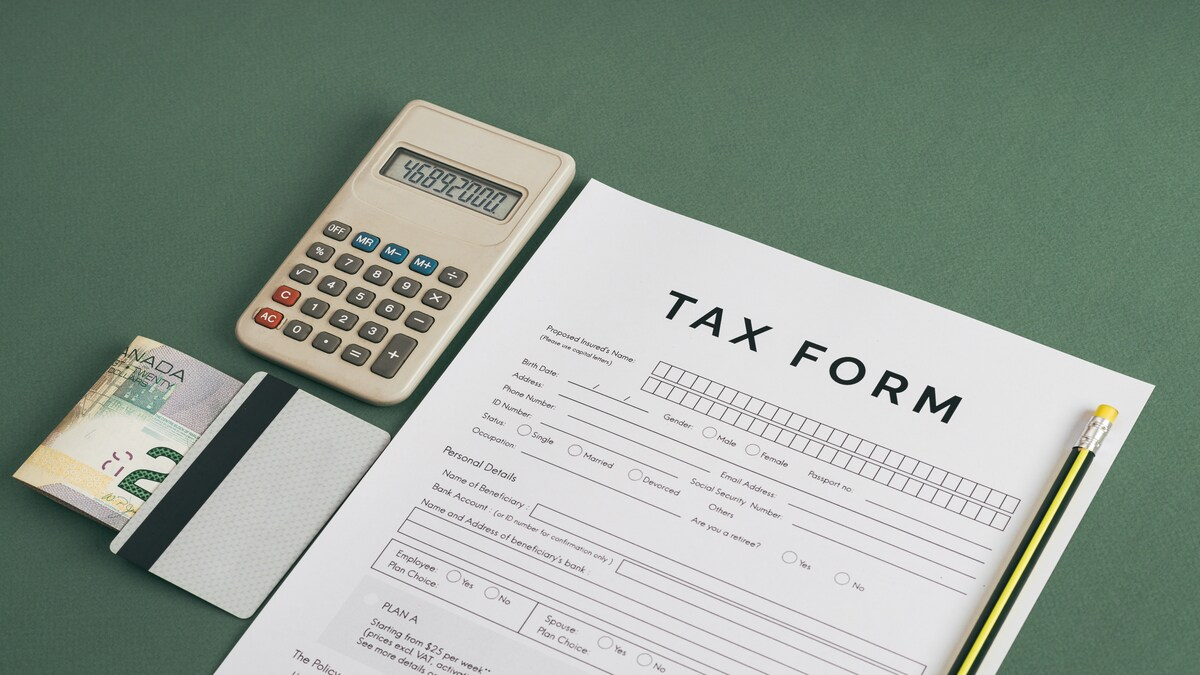Understanding itemized deductions is vital for taxpayers as it can significantly impact their tax liability. Taxpayers who can accurately calculate and claim eligible expenses will lower their taxable income thus reducing their overall tax burden. However, this requires keeping records of your expenses with an understanding of which expenses qualify as deductions.
What are itemized deductions?
Itemized Deductions are specific expenses that the IRS allows taxpayers to subtract from their total income to reduce their overall tax payment. Such expenses include mortgage interest, state and local taxes, charitable contributions and medical expenses. To discover more of your itemized deductions, download the Schedule A (Form 1040) pdf.
Who qualifies for itemized deductions?
Taxpayers who have significant eligible expenses that are more than the standard deduction amount are qualified for itemized deductions. That means, individuals with high mortgage interest, medical costs and those who pay substantial state and local taxes can take advantage of itemized deductions. However, you can only decide to itemize if the total of all itemized deductions exceed the standard deductions for the tax year, you are unable to use the standard deductions or your standard deduction is reduced because you are claimed by another taxpayer as a dependent.
What are the requirements for itemized deductions?
To claim itemized deductions, taxpayers must adhere to specific requirements and carefully document all their eligible expenses. The requirement include:
- Record – Keeping – Gather detailed records of all eligible expenses including receipts, bank statements, canceled checks and invoices.
- Itemized List: Categorize a list of all deductible expenses.
- Complete the Schedule A (Form 1040) to itemize your deductions attaching the right documents.
- Thresholds or limitations: Be aware of limitations associated with specific deductions. For instance, deductions for state and local income, sales and property taxes are limited to $10,000.
- Proof of payment: Provide evidence of payment for every deduction.
- Identification: Identify the purpose of every expense and how it relates to the corresponding deductions.
You can visit your local IRS office for in-person assistance.
What is the difference between itemized deductions and standard deductions?
Itemized deductions are certain expenses stipulated by the IRS that you can subtract from your gross income to minimize your tax bill while standard deduction is a fixed amount subtracted from your gross income thus reducing your taxable income. Standard deduction amount varies based on filing status and is adjusted yearly as a result of inflation.
According to IRS, the standard deduction amount for 2024 based on filing status, that is, single (or married filing separately), married or surviving spouse and head of household is $14,600, $29,200 and $21,900 respectively.
The decision to itemize or take the standard deductions is largely dependent on which method results in a lower tax payment. By comparing the two, taxpayers can determine the most advantageous approach for their specific financial situation.
However, itemized deduction is recommended and more beneficial for individuals whose eligible expenses surpasses standard deductions.

